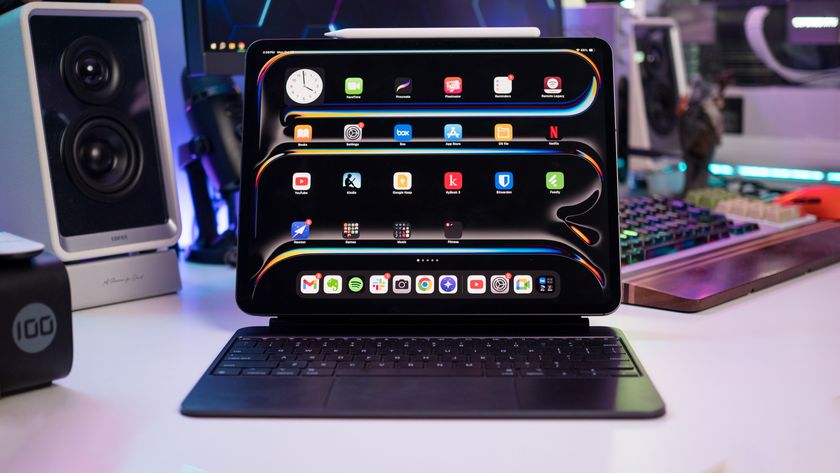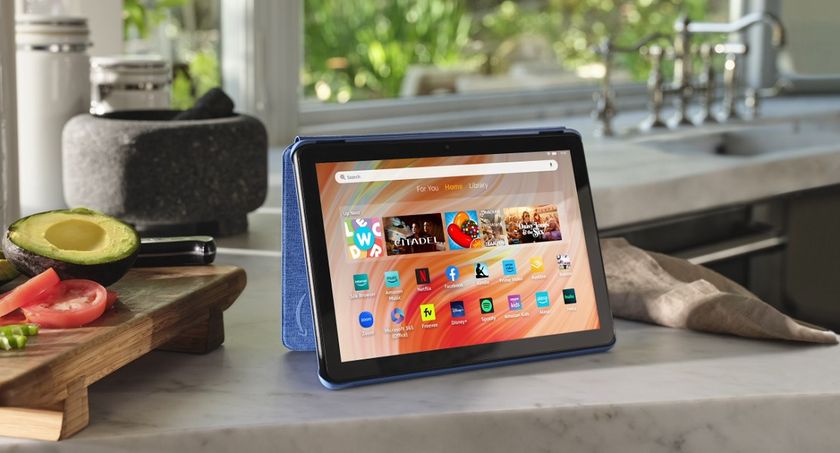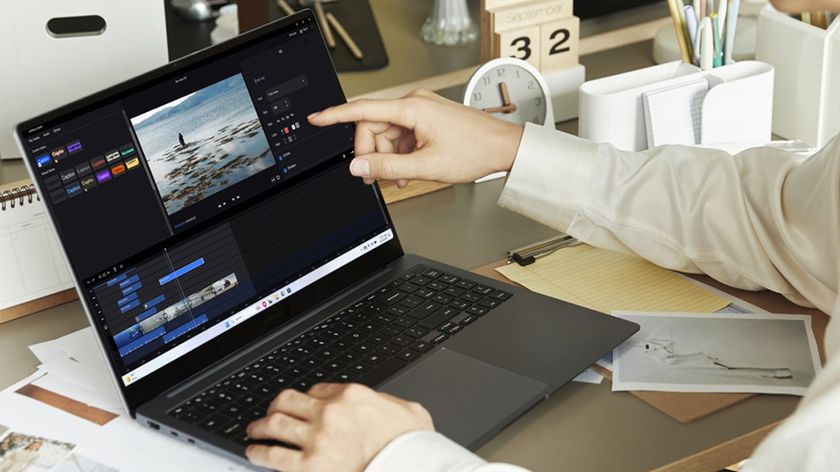Choosing a kid-friendly Android phone or tablet
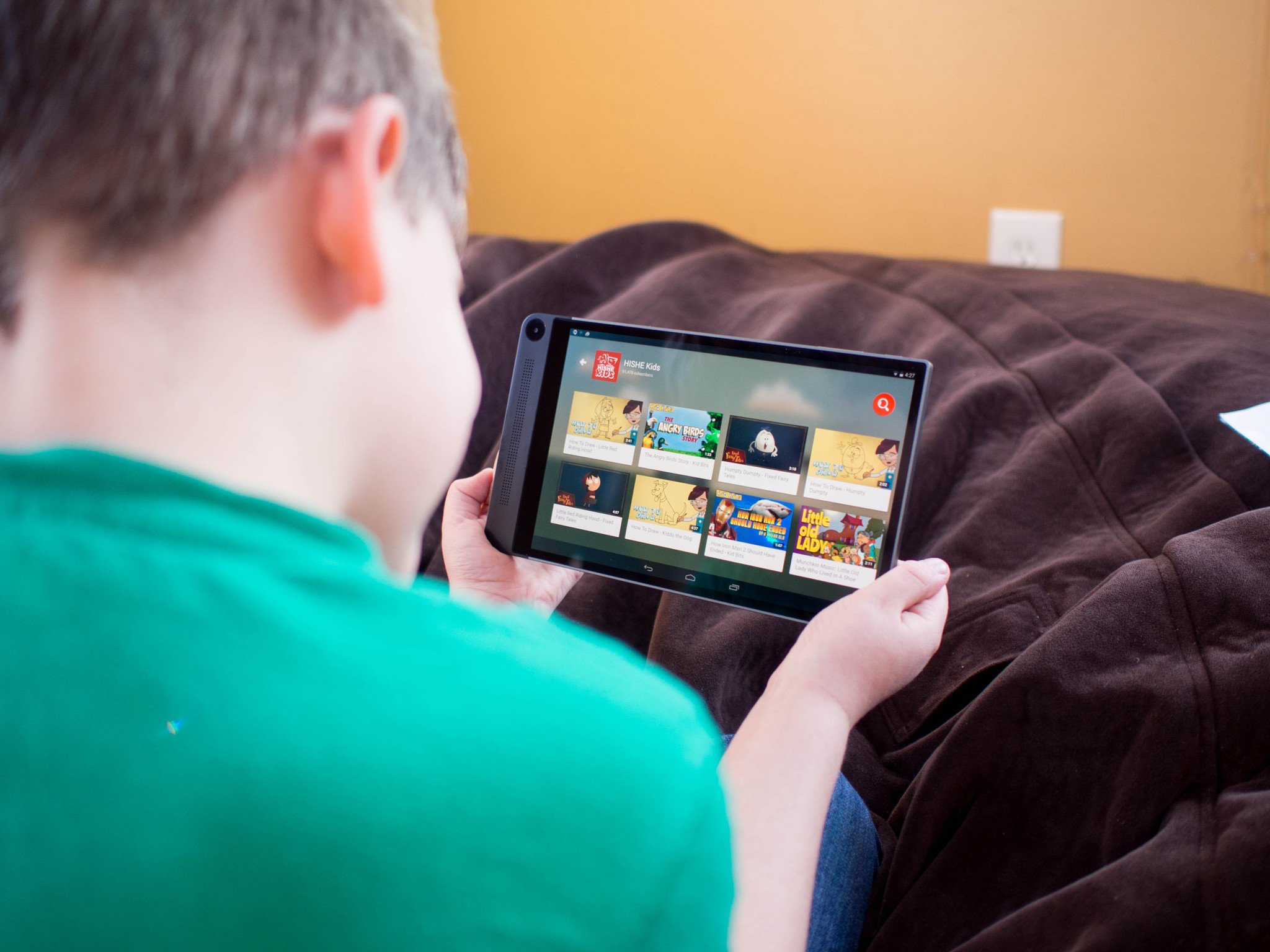
Wander into any store with an electronics section nowadays and you'll find at least one "kid" tablet. It's usually a brightly-colored rubber block with a low-end touch display running an ancient version of Android, with a custom UI featuring giant buttons and a handful of apps for a handful of basic age groups. Choosing something smaller than a tablet is even worse, especially since the concept of a phone-shaped Android-powered Wifi-only handheld never really took off.
There's not much to these cheap, rubbery slabs, but they sell because it's not always clear there are reasonable alternatives out there. Choosing hardware for a little one should be just as much about software as it is hardware, and while price should absolutely be a factor in a gadget for a kid there's some basics you should be looking at along the way. To help narrow down the options out there today, we've put together this quick buyers guide to break down the important parts.
READ MORE: Choosing a kid-friendly Android device
Choosing the right hardware
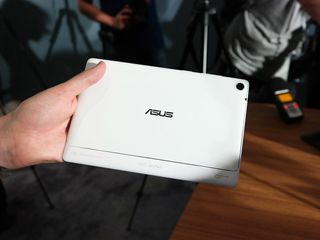
This may come as a shock, but wrapping a tablet in rubber and painting it with a primary color does not immediately make it invulnerable to harm and perfect for children. In fact, the added expense of something like that probably means the hardware responsible for delivering the experiences you and your child want probably takes a hit. By all means, grab a durable case for your investment to increase its chances of survival, but if you see an $80 tablet with a big red rubber thing wrapped around it keep in mind you're almost certainly not getting a quality device.
Choosing an unlocked phone means there's no carrier-specific software to cause trouble.
Looking for a tablet you want to give a child is relatively easy, as you're essentially looking for the same qualities you'd look for in a tablet for an adult. Screen quality, a reasonably capable processor, and at least 32GB of storage should make up a short list of qualifications for a kid-friendly tablet. There's no reason to look at a tablet with less than 1920 x 1080 resolution display, and the name of the processor manufacturer or how many GHz are in each core isn't nearly as important as how smooth the OS feels when you use it.
If you must dip below 32GB of onboard storage due to the price, you might consider looking at a device with expandable storage. If the tablet is going to be connected to the Internet most of the time that may not be necessary, but games and movies soak up storage fast on these devices.
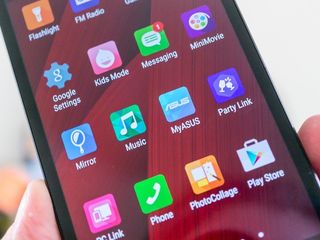
Something smaller than a tablet requires a little more work. There's never been an Android version of the iPod Touch that was worth purchasing, but there are a couple of inexpensive smartphones out there that can be modified to behave like one. If you're willing to put in the work, there are unlocked Android phones in the $200-$300 price range that can do the job. Choosing an unlocked phone means there's no carrier-specific software to cause trouble, which will make setting up the device a little easier. Going this route is especially useful if you've got a kid who is starting to need to make phone calls, as you can insert and pull the SIM card when you feel it is appropriate.
Be an expert in 5 minutes
Get the latest news from Android Central, your trusted companion in the world of Android
Knowing what software is important
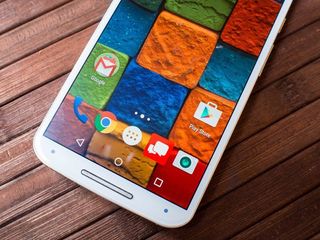
It's can't be stressed enough how important software is when making a purchase like this, for several reasons. Google makes Android, but it's not a requirement to make things look the way Google thinks it should. As an open source operating system, Android can be adjusted to what the manufacturer thinks is appropriate before being loaded onto a phone or tablet. This presents some great opportunities for companies that want to include a child-friendly user interface that removes unnecessary or inappropriate items from the primary interface.
Not every parent wants their child to have unfettered access to services like YouTube, for example, and in many cases monitoring apps get pre-loaded that help parents see what their kids are doing on their tablets. These changes are made with the best of intentions, but come with their own unfortunate side-effects.
Kids are smart, there's no reason to rely on simple, bright interfaces.
When Google releases a new version of Android, manufacturers with devices sporting heavily modified versions of the operating system can't just push an update. Those changes need to be adjusted to support the next version, which means additional software development hours need to be spent in order to make that happen. If a manufacturer determines a device isn't worth updating, that company can simply choose to never update your device to the most recent version of Android. Whats worse, when your child finally graduates to their own piece of hardware, the learning curve starts all over again. Kids are smart, there's no reason to rely on simple, bright interfaces when you can disable the stuff you don't want your kids to use and let them experience a proper, modern operating system from day one.
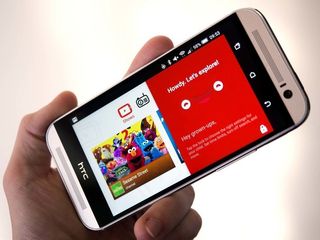
Perhaps more important than version updates and software familiarity is access to the Google Play Store and Google Play Services. Google's suite of apps — Gmail, YouTube, Google Drive, etc. — are designed primarily for adults, but Google's recent push for ratings across the Play Store and child-friendly apps without offensive ads is a big deal. It means kids can take part in the ever-growing ecosystem of apps out there, educational and otherwise, and parents have the power to moderate and make decisions based on their rules.
It also means you can share music, movies, and TV shows from whatever services you want, from Play Movies and Disney Movies Anywhere to Plex and Netflix. Having controlled access to a larger environment is good for everyone involved, but it means you have to have the Google Play Store on the device in the first place.
Our top picks
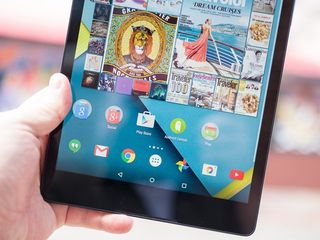
You've got the tools you need to get a quality device for your child, but if you're looking for something a little more specific there are a couple of options for both phones and tablets we can point you to.
Nabi DreamTab HD8
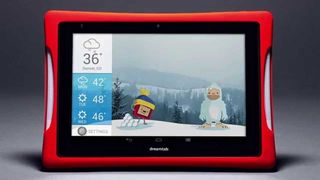
Nabi's 8-inch Android tablet is the exception that proves the rule when it comes to brightly-color kid-tablets. While it's sporting a "child-friendly" UI and is loaded with Nabi apps, these tools are optional and you have access to the Google Play Store. For the price, you're unlikely to find a better 1080p Android tablet for kids.
Asus ZenPad 8-inch
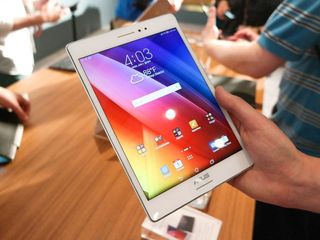
The folks at ASUS have a long history of making decent, inexpensive Android tablets that fly under the radar, and the latest ZenPad is a perfect example. It's a Intel-powered Android tablet running the latest version of the OS, and the 2048 x 1536 resolution display makes everything look fantastic. For $200, you're unlikely to find something better.
BUY: ASUS ZenPad 8-inch ($200)
HTC Nexus 9
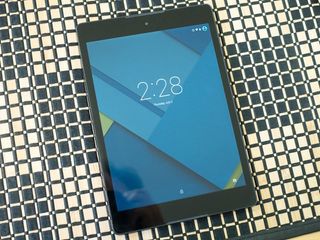
Google's current Nexus tablet is typically something we'd recommend as the best tablet for grownups, but with its front-facing speakers and killer 2048 x 1536 resolution display it's great for everyone. You just have to swallow that price tag associated with a higher quality device with instant access to the latest software from Google.
Motorola Moto G
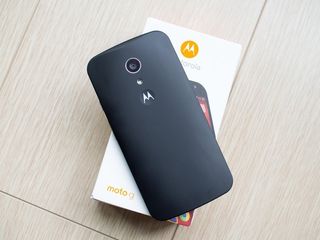
Few companies have worked over the last two years to bring a quality experience to the budget phone market as Motorola, and the end result is a device that could just as easily be a starter phone as it could a portable Wifi device for a child. It's fast, looks nice, and Motorola has worked hard to ensure the device is regularly updated.
Asus ZenFone 2
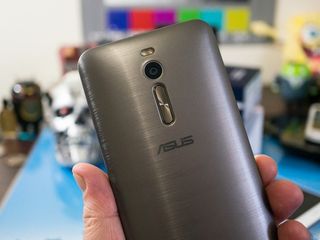
Intel and ASUS have worked some magic on this 5.5-inch phone, and as a result it greatly exceeds expectations. There's a ton of extra, unnecessary software on this device for you to pare down if you're giving it to a child as a Wifi device, but the end result is a fun, capable gadget with 64GB of storage.

